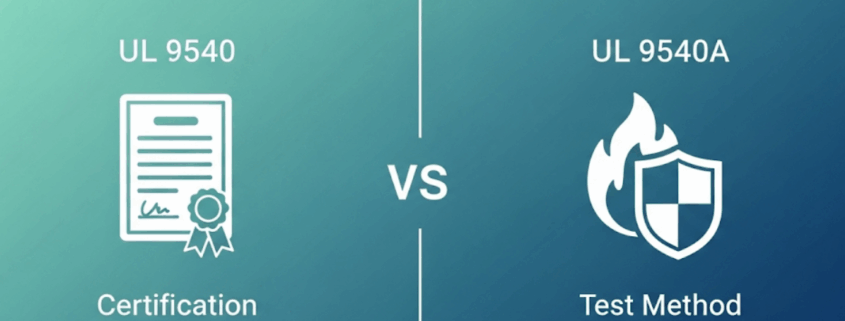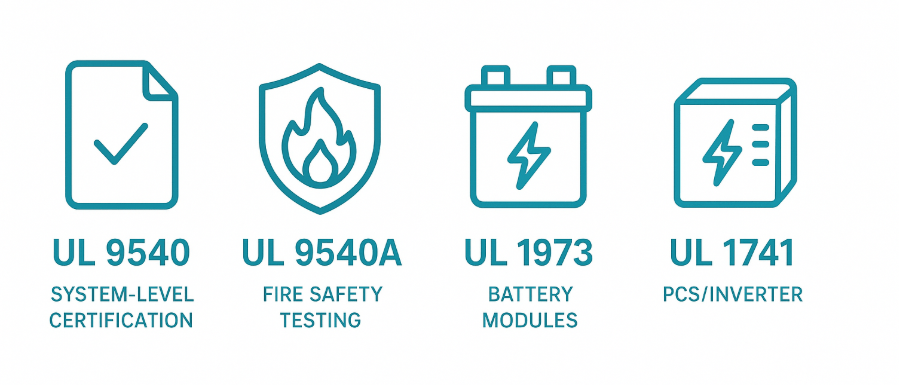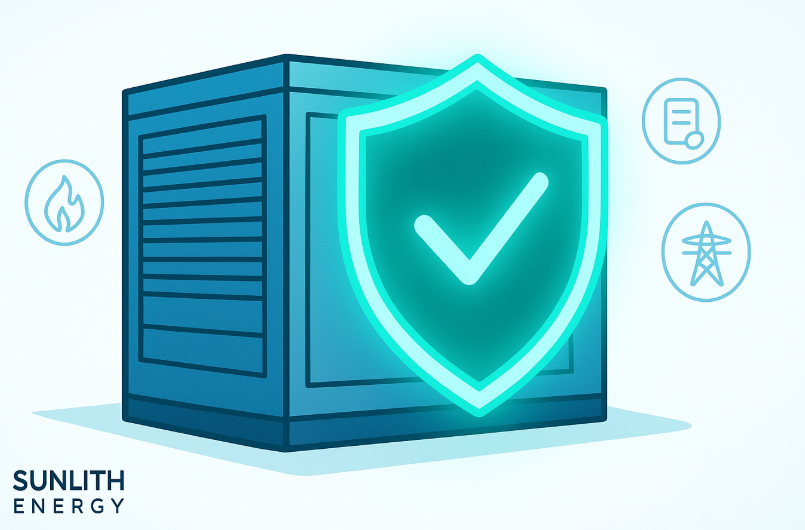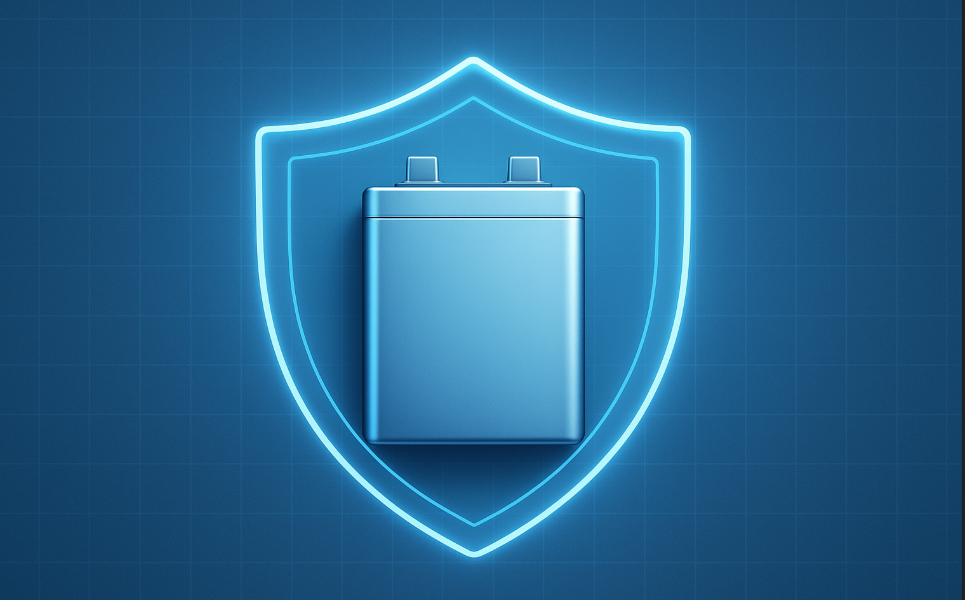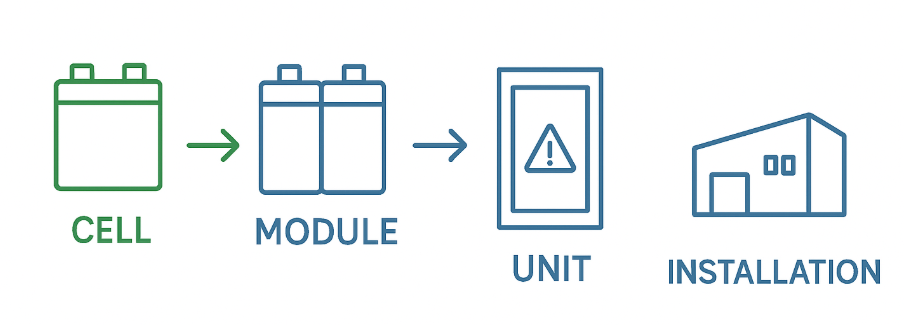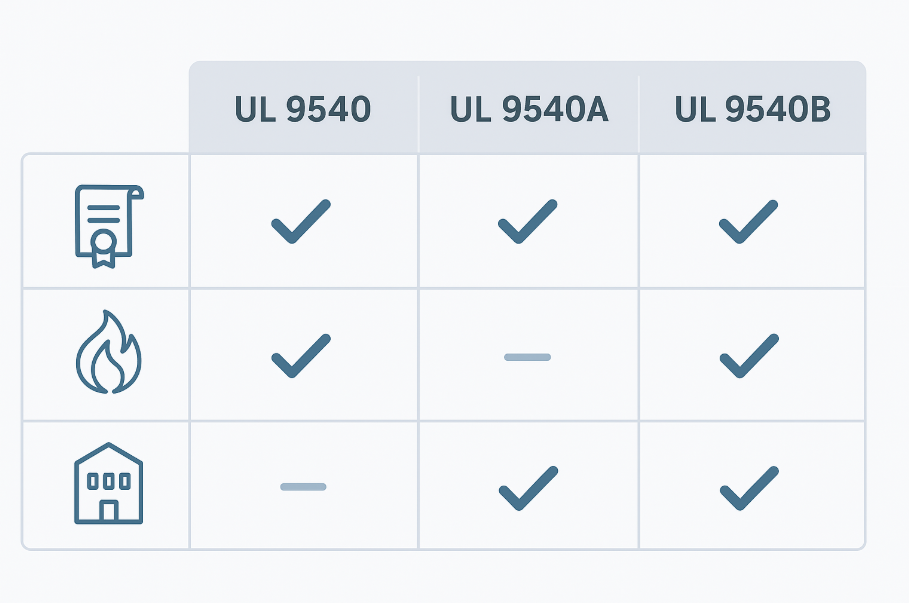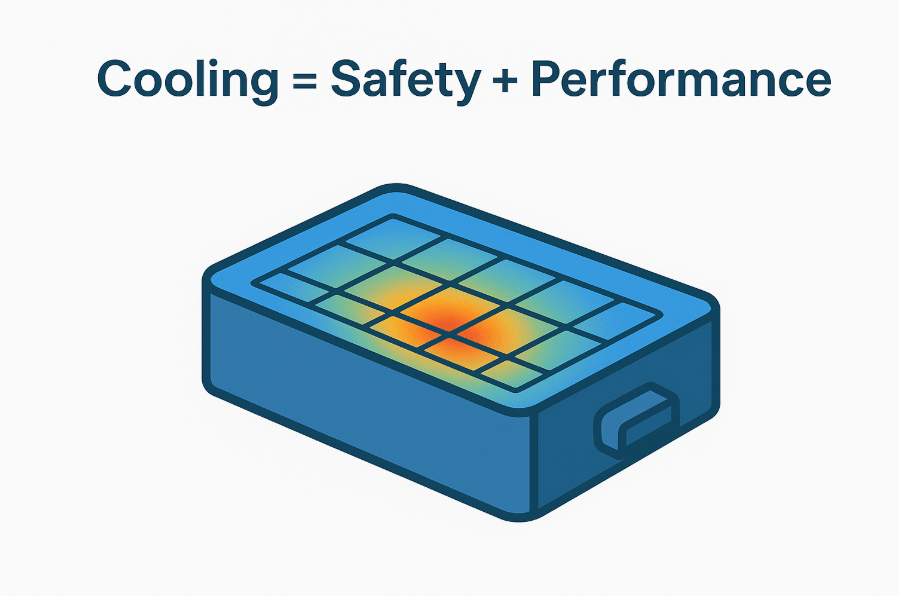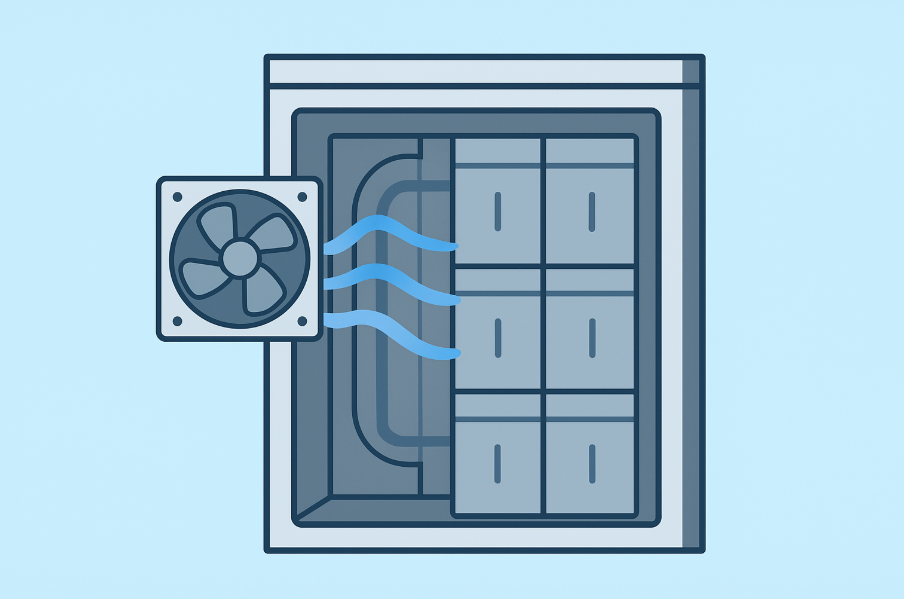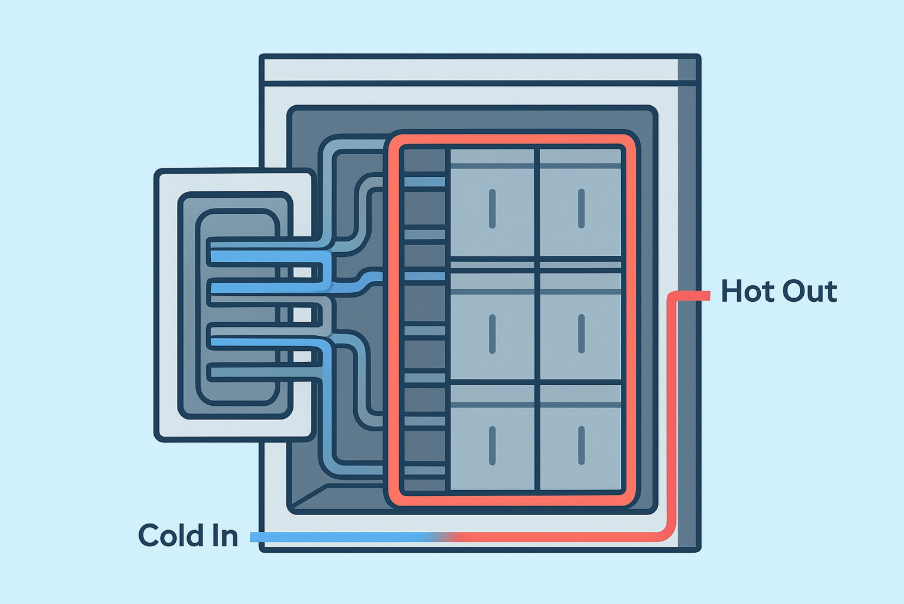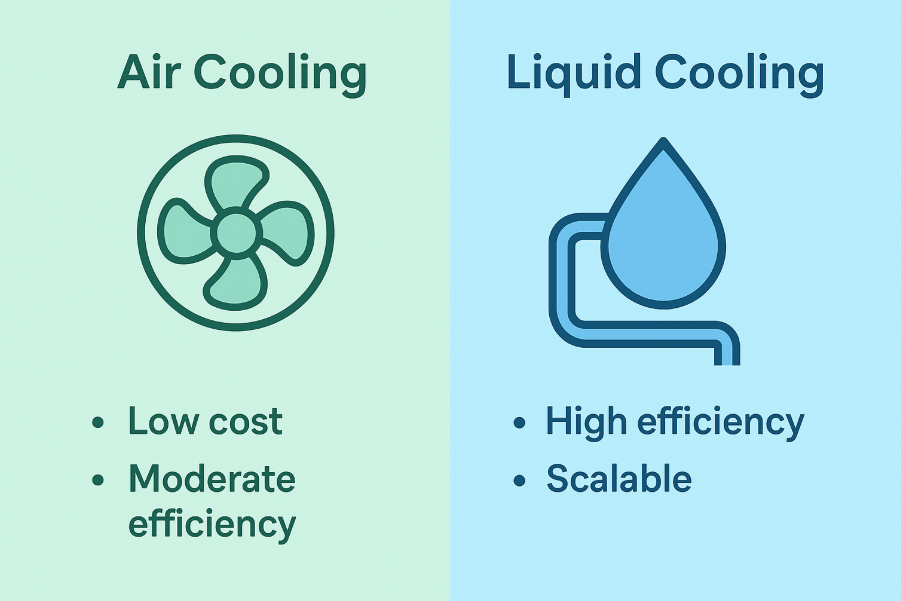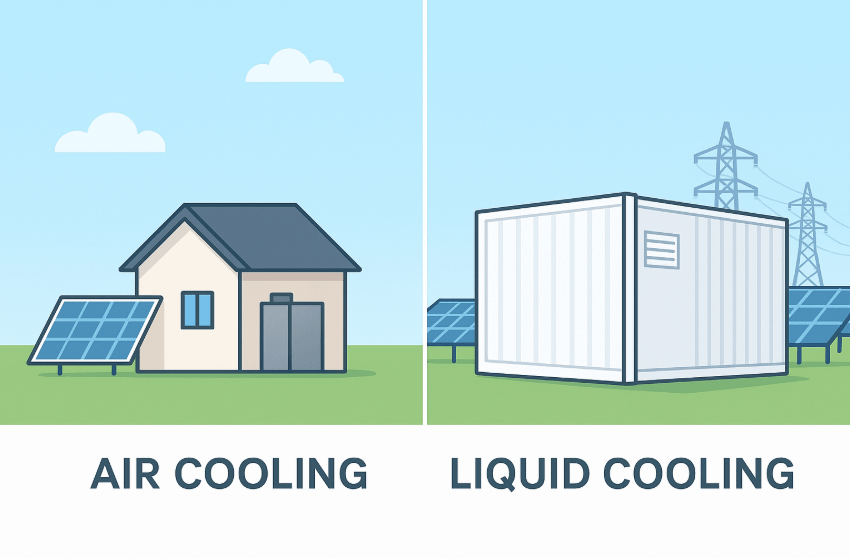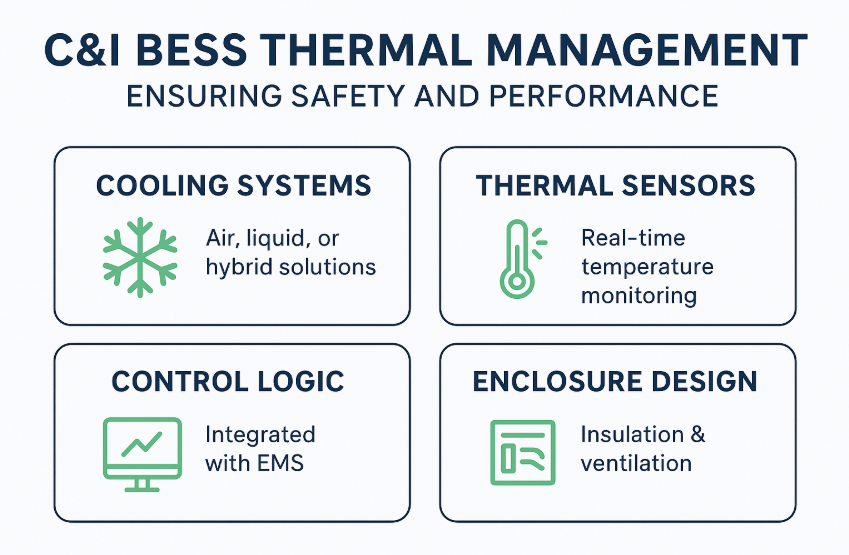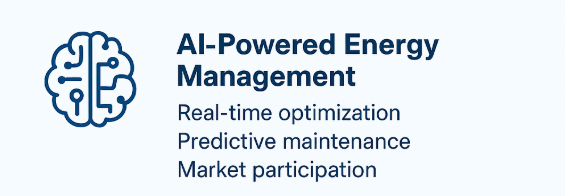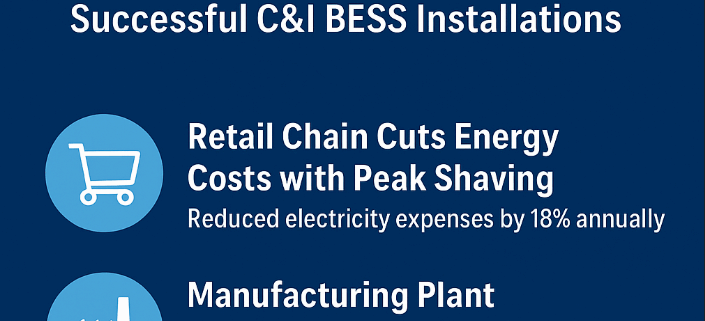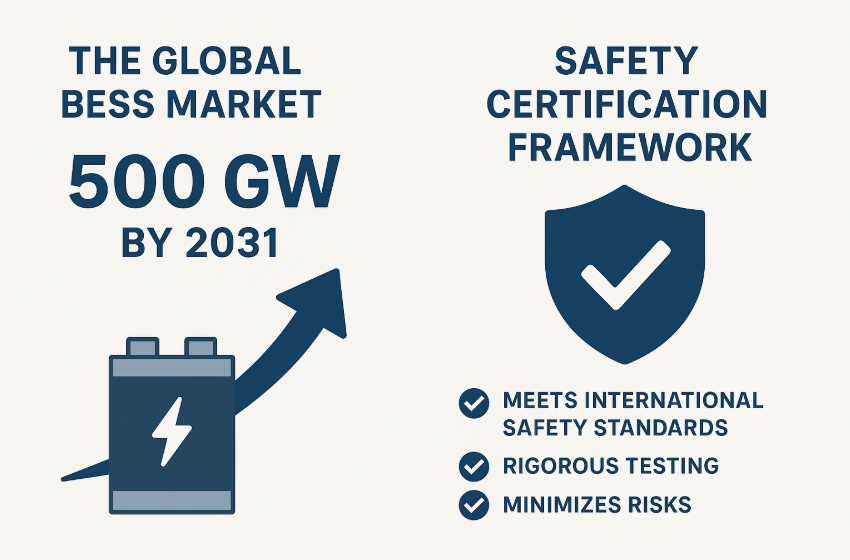UL 9540 vs UL 9540A: Understanding the Key Differences in Energy Storage Certification
UL 9540 vs UL 9540A: As the adoption of battery energy storage systems (BESS) grows, safety and compliance remain top priorities for regulators, manufacturers, and end-users. Two of the most recognized standards in this space are UL 9540 and UL 9540A.
Although these terms are often used together, they play very different roles in certification and safety testing. UL 9540 is a system-level certification that validates the overall safety of an energy storage system. In contrast, UL 9540A is a test method that evaluates fire risks, specifically thermal runaway and fire propagation.
At Sunlith Energy, we help manufacturers and developers navigate these certifications to ensure safe and compliant energy storage deployments.
What is UL 9540?
UL 9540 is the Standard for Safety of Energy Storage Systems and Equipment. It ensures that an entire ESS—from batteries and power conversion systems (PCS) to cooling, controls, and housing—meets strict safety requirements.
Key Features of UL 9540:
- Scope: Applies to the entire system, not just components.
- Integration: Requires batteries certified to UL 1973 and inverters certified to UL 1741.
- Safety Focus: Covers electrical, mechanical, thermal, and fire safety aspects.
- Market Approval: Often mandatory for utility-scale and commercial projects.
👉 If you’re exploring how PCS technology integrates into storage systems, check our detailed guide on Energy Storage PCS.
What is UL 9540A?
UL 9540A is the Test Method for Evaluating Thermal Runaway Fire Propagation in Battery Energy Storage Systems. Unlike UL 9540, it is not a certification but a test procedure.
This method provides critical data on how batteries behave under extreme conditions. It identifies risks such as fire spread, explosion potential, and gas emissions.
Testing Levels in UL 9540A:
- Cell Level – Individual cell behavior under failure.
- Module Level – How cells interact inside a battery module.
- Unit Level – Fire propagation within a system enclosure.
- Installation Level – Real-world system performance in buildings or outdoor setups.
👉 To understand why thermal management matters in these tests, see our post on Cooling Solutions for BESS.
UL 9540 vs UL 9540A: The Core Differences
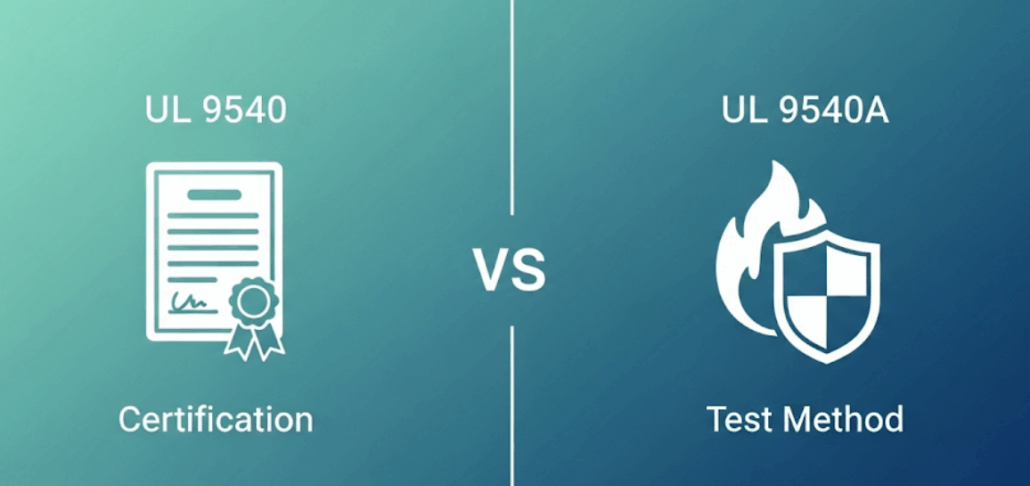
| Feature | UL 9540 | UL 9540A |
|---|---|---|
| Type | Certification | Test Method |
| Scope | Full ESS (system-level) | Fire & thermal runaway evaluation |
| Focus | Electrical, mechanical, and fire safety | Fire propagation, gas hazards |
| Application | Required for deployment | Supports certification & AHJ approval |
| Output | Certification mark | Test report (not a certification) |
In simple terms:
- UL 9540 = Certification for market approval
- UL 9540A = Fire safety test to support certification
Why Both UL 9540 and UL 9540A Matter
The two standards work hand-in-hand:
- UL 9540 Certification validates system-level safety.
- UL 9540A Testing provides the fire risk data needed to obtain that certification.
Authorities Having Jurisdiction (AHJs) frequently demand UL 9540A reports before granting installation permits. Manufacturers, meanwhile, use test results to design safer enclosures, improve fire suppression systems, and integrate better thermal management.
👉 For more insights, see our guide on Fire Safety in BESS.
UL 9540 vs UL 9540A: Benefits of Compliance
Meeting both UL 9540 and UL 9540A requirements provides multiple advantages:
- Regulatory Compliance: Smooth permitting with AHJs and fire authorities.
- Improved Safety: Minimizes risks of fire, explosion, or hazardous gas emissions.
- Customer Confidence: Certified systems are more trusted in commercial and utility projects.
- Faster Market Access: Certification accelerates deployment timelines.
👉 Explore our complete overview of UL Certifications for Battery Systems for a deeper dive into related standards.
The Future of UL Certifications

UL standards are continuously evolving to address new technologies and risks. For example, the UL 9540A Fifth Edition (March 2025) introduced updates covering:
- Hydrogen gas detection requirements
- Fire safety for rooftop ESS installations
- Stronger casing and housing evaluations
At Sunlith Energy, we monitor these regulatory changes to help our partners stay ahead in compliance and safety.
Conclusion
When comparing UL 9540 vs UL 9540A, the key takeaway is that they are complementary, not alternatives:
- UL 9540 is the system-level certification needed for deployment.
- UL 9540A is the fire safety test method that enables certification and satisfies regulators.
Together, they provide the foundation for safe, compliant, and market-ready energy storage systems.
👉 Need guidance on achieving compliance? Connect with Sunlith Energy for expert support in certification, testing, and deployment.


